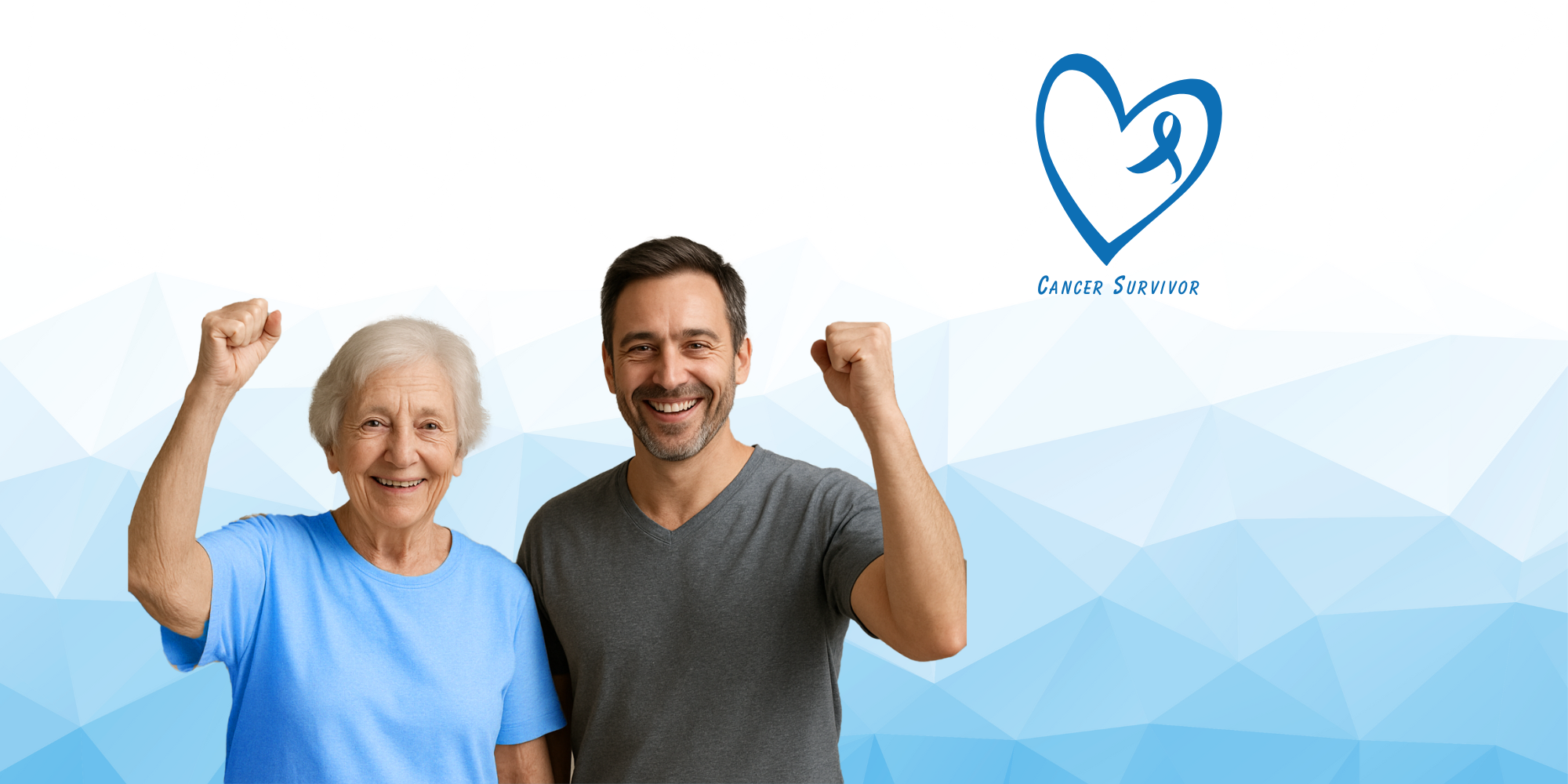Life after cancer treatment
A cancer diagnosis is often a turning point in life. For many of those affected, the challenges do not end with the completion of treatment. Illness and therapy leave their mark. The consequences of cancer are as varied as the patients themselves. Some cancer survivors have no or hardly any symptoms after treatment. For others, nothing is the same as it was before. Many cancer survivors continue to struggle with the physical, emotional and social consequences.
Life goes on, but how?
In our Cancer Survivor Network, we are actively committed to educating patients about long-term effects: We provide information as well as counseling and support services related to Cancer Survivorship on these pages.
And if more support is needed: Our Cancer Survivor Guides provide expert, personalized advice to help you get back to actively living your life after a cancer diagnosis.
Cancer Survivor
Who are they?
Cancer survivors include all those affected from the time of their cancer diagnosis:
- early survivors (first year after diagnosis and primary therapy),
- intermediate survival (up to the fifth year after diagnosis and primary therapy) and
- long-term survival (from the fifth year after primary therapy until the end of life)
What does Cancer Survivorship mean?
"Cancer survivorship" is an internationally used term that describes life with and after cancer.
It is primarily about quality of life, well-being and regaining self-determination. For many cancer survivors, it is helpful to continue to receive support and guidance after treatment in order to lead a fulfilling life.
And by the way: very often relatives are also affected. They are also grateful for support.


